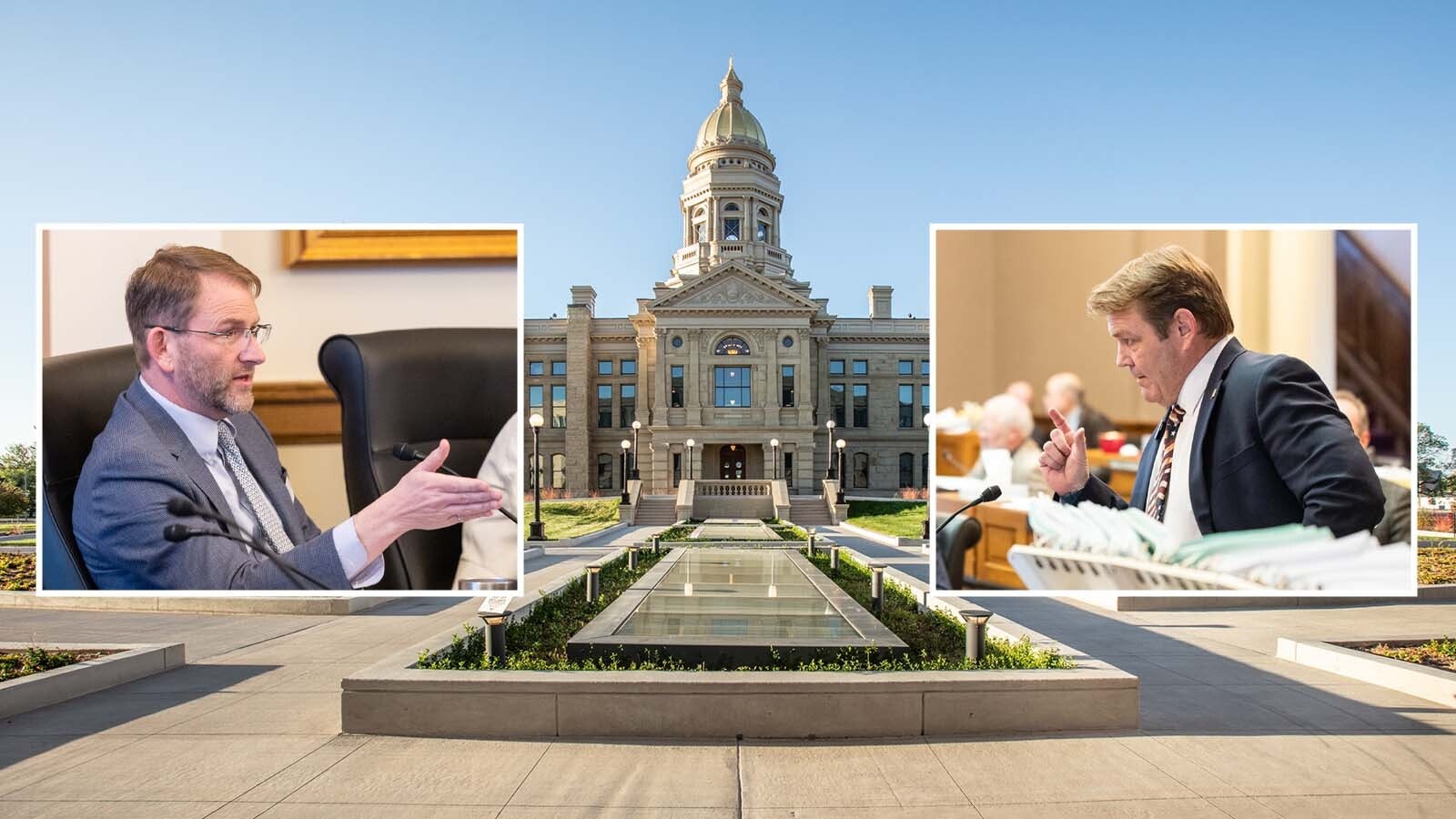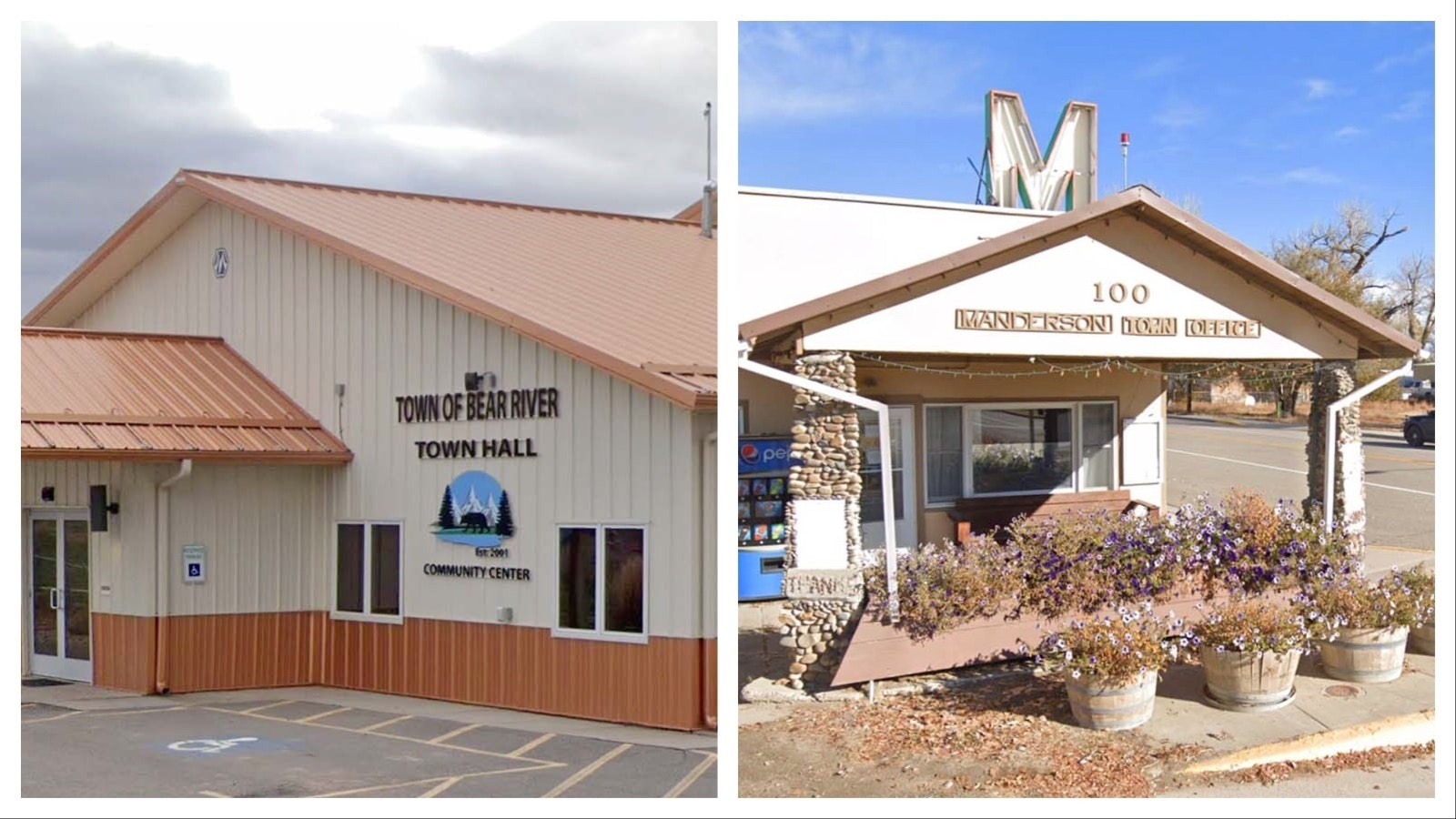By Leo Wolfson, State Politics Reporter
Leo@Cowboystatedaily.com
With President Joe Biden’s approval rating in the low 40% range, it’s not hard to envision a “red wave” hitting America’s poll booths on Tuesday.
In instances where a modern sitting president has had low approval ratings – Donald Trump in 2018, Barack Obama in 2010, Bill Clinton in 1994 – the party out of power gained 40 or more U.S. House seats and won the House national popular vote by around 7%, according to The New York Times.
No president with an approval rating under 50% has seen his party gain House seats in a midterm election, and since 1934, nearly every president has lost seats in his first midterm election.
2010 Shift
The last major political shift in America happened in 2010. In that election, Republicans gained 63 seats in the House and six seats in the Senate. In the Wyoming Legislature that year, Republicans gained 13 seats, pushing the party above the supermajority threshold.
Joe Barbuto, chairman of the Wyoming Democratic Party, was serving the Legislature at that time.
“That was the election just following the election of Barack Obama,” he said. “There were a lot of people engaged for a variety of reasons, whether it was the ACA (Affordable Care Act) or just opposition to him.”
Barbuto said there always seems to be a trickle-down effect in Wyoming from the national politics of the day, whether or not those issues affect people in the Cowboy State.
“It certainly had an impact on the (2010) election,” he said.
Barbuto said he is unsure if Tuesday’s election, President Joe Biden’s first midterm, will replicate what happened in 2010 on a national or state level, citing a vastly different political landscape where distrust in the elections process has graduated from fringe conspiracy theories to mainstream rhetoric.
“There’s so much we don’t know this time around,” he said. “We’ve never had a situation where people are denying the election results and openly pushing against the county clerks.”
How the expected red wave will affect per capita the reddest state in the nation will be up to Wyoming’s voters to determine.
Wyoming Votes
A University of Wyoming poll released Friday shows that Republican U.S. congressional candidate Harriet Hageman has a 62% to 26% lead over her Democratic opponent Lynette Grey Bull. Republican candidates for governor and state superintendent of public instruction hold similar leads.
“With the exception of Democratic Gov. Dave Freudenthal from 2003-2011, Republican candidates have won all races for the five statewide executive offices since 1994 and all races for the U.S. House of Representatives since 1978,” said Jim King, a professor of political science and the survey’s director. “Our survey indicates that Republican domination of Wyoming elections continues.”
The congressional race could feature the strongest performance for a Democratic in Wyoming in a number of years, as 67% of the people who said they voted for U.S. Rep. Liz Cheney in the primary said they will vote for Grey Bull.
Endangered Dems
The Legislature is where things get a bit more murky. Democrats have a strong opportunity to flip two seats held by Republicans, while Republicans likely have four opportunities to flip Democratic-held seats and another to flip a seat held by a third-party legislator.
Wyoming already has the most conservative state Legislature in the United States with only 10% Democrats making up the body.
There are only three other state legislatures where less than 20% of the is made up by Democrats. South Dakota is the closest to Wyoming, sitting at 10.4%.
Wyoming’s nine Democratic state legislators are mostly contained to Cheyenne, Laramie, Rock Springs and Jackson. In South Dakota, where 11 of the 105 legislators are Democrats, nearly all live in Native American reservation communities or the state’s largest cities.
Following behind South Dakota is North Dakota (14%) and Idaho (18%).
Conversely, Hawaii has the smallest proportion of Republicans of any legislature at 7%, making up five of the state’s 76 legislators. Right behind Hawaii is Rhode Island (13%) and Massachusetts (17%).





